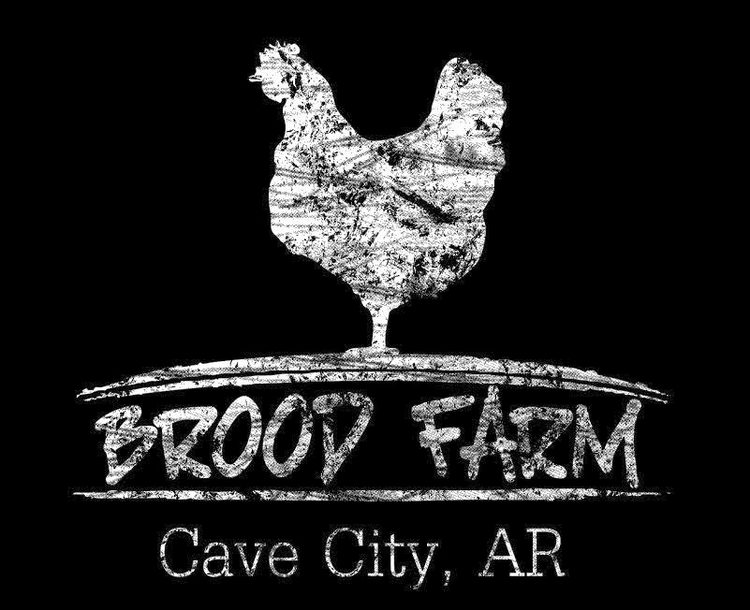Our chicks are scheduled to arrive tomorrow at our local post office. Because they'll probably be chirping pretty loudly, I suspect the postmaster will give us a call to come pick them up pretty quickly. So, this past weekend, we had to get all of our "nesting" done and be sure that everything was ready for their arrival.
Chicks are, of course, very fragile creatures at the very beginning. They need ample food and water and space, just the right temperature, and clean living conditions. Ready-made brooders, which can be purchased from various manufacturers, provide a good environment for chicks until they're old enough to transition out to the yard. The cheapest decent one I could find on Amazon (our go-to shopping stop) can be viewed here and would run us $250. After some debate, we opted to go a cheaper route for now. We may, of course, be purchasing a brooder next year if this set-up doesn't work out, but here's what we've got rigged up for now.
Thermometers mounted to the inside wall allow us to monitor the internal temperature of each bin. Feeders and waterers sit on the newspaper and paper towel-lined bin floors.
Including the bins, heat lamps, bulbs, feeders, waterers, and materials to build the screen lids, the set-up cost us just under $100. Whether it will work as well as a more expensive design remains to be seen, but I am definitely in favor of the cheaper start-up cost. :)
Chicks are, of course, very fragile creatures at the very beginning. They need ample food and water and space, just the right temperature, and clean living conditions. Ready-made brooders, which can be purchased from various manufacturers, provide a good environment for chicks until they're old enough to transition out to the yard. The cheapest decent one I could find on Amazon (our go-to shopping stop) can be viewed here and would run us $250. After some debate, we opted to go a cheaper route for now. We may, of course, be purchasing a brooder next year if this set-up doesn't work out, but here's what we've got rigged up for now.
Three separate tubs allow enough space for the 20 chicks and 2 ducklings that we'll be housing. Framed screens provide mouse-proof protection but still allow air-flow. A low-hanging shelf provides a sturdy place from which to hang heat lamps.
Thermometers mounted to the inside wall allow us to monitor the internal temperature of each bin. Feeders and waterers sit on the newspaper and paper towel-lined bin floors.
Including the bins, heat lamps, bulbs, feeders, waterers, and materials to build the screen lids, the set-up cost us just under $100. Whether it will work as well as a more expensive design remains to be seen, but I am definitely in favor of the cheaper start-up cost. :)


